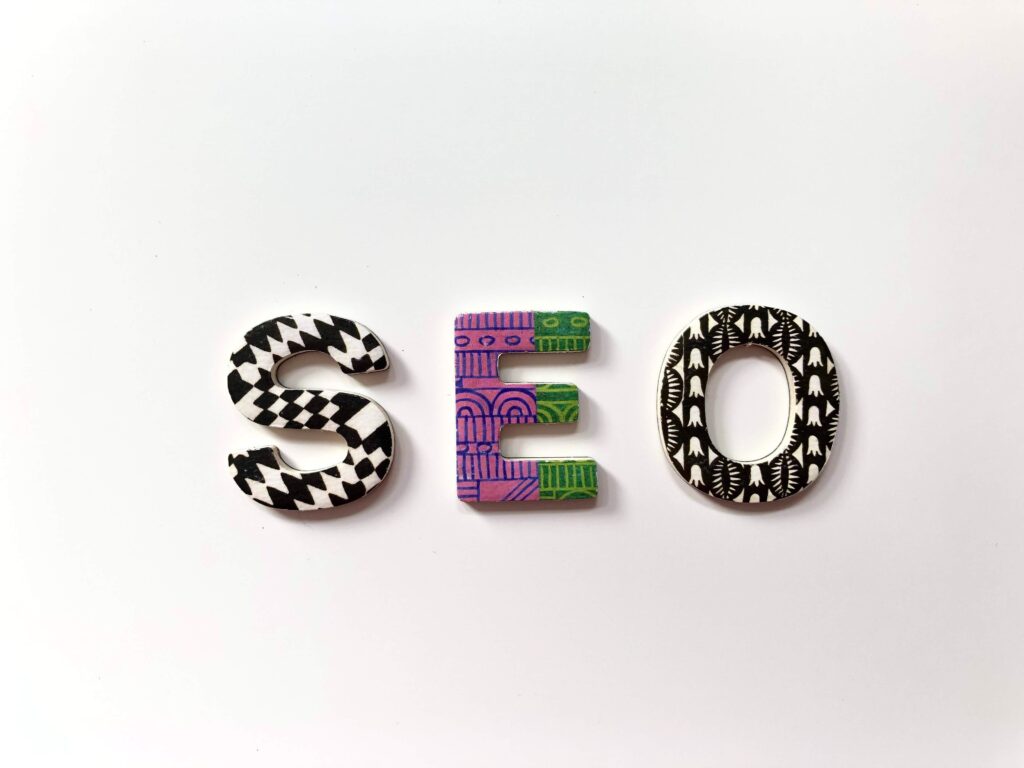Conversion Rate Optimisation (CRO) for Ecommerce is critical as it involves improving the percentage of website visitors who take a desired action, such as purchasing. A higher conversion rate can significantly impact your e-commerce business’s revenue and profitability.

Conversion Rate Optimisation for Ecommerce: Practices | QNET |
Here are some strategies and best practices for optimising the conversion rate of your e-commerce website:
Understand Your Audience:
- Firstly, Conduct thorough research to understand your target audience’s needs, preferences, and pain points.
- Create detailed buyer personas to guide your marketing and website design decisions.
- Your target audience is the exact set of consumers who are most likely to want your product or services and, thus, the ones who should see your advertising efforts. Age, gender, wealth, location, interests, and other criteria can all influence the target audience.
User-Friendly Website Design:
- Ensure your website is easy to navigate and visually appealing.
- Optimise for mobile devices, as many users shop on smartphones and tablets.
Fast Loading Speed:
- Another essential strategy is fast loading speed because slow-loading websites can drive visitors away. Optimise your website’s speed to improve user experience.
Clear and Compelling Product Descriptions:
- Write detailed and persuasive product descriptions highlighting your products’ benefits and features.
- Include high-quality images and videos to showcase your products from various angles.
Simplify the Checkout Process:
- Minimise the steps required to complete a purchase.
- Offer guest checkout options to reduce friction for first-time buyers.
- Implement a progress indicator to show users where they are in the checkout process.
Trust Signals:
- Display trust badges, customer reviews, and ratings to build trust with potential buyers.
- Communicate your return policy, shipping options, and customer support contact information.
Personalisation:
- Another essential strategy is to use data and analytics to personalise product recommendations and content for each user.
- Implement retargeting strategies to bring back users who abandoned their shopping carts.
A/B Testing:
- Continuously test different elements of your website, such as headlines, images, button colours, and layouts, to determine what works best.
- Use A/B testing tools to compare the performance of different variations.
- A/B testing, split testing or bucket testing compares two versions of a website or app to see which works better. In addition, the test provides you with the necessary information about which one is better and why it is better. You can also run your current sales page against the other new objection section version.

Optimise for SEO:
- Ensure your product pages are optimised for search engines to attract organic traffic.
- Use relevant keywords in product titles, descriptions, and meta tags.
- Local SEO Techniques and YouTube SEO Optimisation can also provide you with great help.
Streamline Payment Options:
- Offer a variety of payment methods to cater to different customer preferences.
- And also, ensure that your payment process is secure and trustworthy.
Reduce Cart Abandonment:
- Implement cart abandonment emails to remind users of their unpurchased items.
- Consider offering incentives, such as discounts or free shipping, to encourage completion of the purchase.
Responsive Customer Support:
- Also, provide responsive customer support through live chat, email, and phone to address customer inquiries and concerns.
Monitor Analytics:
- Regularly analyse website analytics to identify areas for improvement.
- Track conversion rates, bounce rates, and user behaviour to make data-driven decisions.
- Furthermore, Analysis assists administrators in answering broad-scale queries, identifying correlations between alerts and metric levels, and investigating individual events.
Social Proof and FOMO (Fear of Missing Out):
- Highlight the popularity of products and limited-time offers to create a sense of urgency.
- Showcase user-generated content, such as customer photos and testimonials.
Experiment and Iterate:
- CRO is an ongoing process. And also, continuously experiment with new strategies and improvements to optimise your conversion rate.

Conclusion
Remember that every e-commerce business is unique, so it’s essential to tailor your CRO efforts to your specific audience and product offerings. Lastly, Regularly monitoring and adjusting your strategies based on user feedback and data analysis is key to achieving long-term success in conversion rate optimisation for e-commerce.













